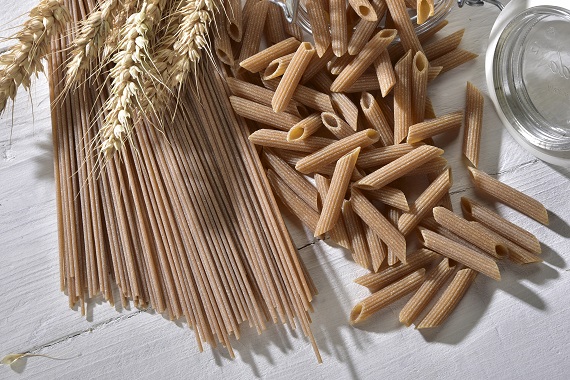Carbohydrates are the primary source of energy in the diet with a recommendation that they make up 50% of our total dietary energy intake, that`s around 1,000 calories for women and 1,250 for men per day.
They are classified into different groups by their structure, principally by chain length, made up of different numbers of single units. They differ further within each of these groups with how the units are joined together. Humans are unable to digest some carbohydrates as we lack the enzymes to break them down. These don`t provide energy but have other functional roles in the body.
Simple carbohydrates include added sugars and natural sugars and are often listed on food labels as "˜carbohydrates (of which sugars)`. They consist of one (mono) or two (di) single units called monosaccharides and disaccharides. An example of a monosaccharide is glucose which the body breaks all carbohydrates down to, where it can then be used as energy. Lactose, found in dairy foods, is a disaccharide formed of one glucose and one galactose unit.


